Do you have unusual, difficult or valuable samples that cannot or should not be processed in a standard workflow? StarSEQ and its qualified staff offer a service that goes beyond standard workflows. We discuss with you the optimal strategy for your samples and adapt our workflows to your samples.
Life Science/Next Generation Sequencing/
RNA Analysis

Next-Generation Sequencing (NGS) has transformed our understanding of the transcriptome by providing high-throughput, quantitative, and detailed insights into RNA species. Below is a summary of the most common types of RNA sequencing, each serving distinct research objectives:
1. mRNA-Sequencing (mRNA-Seq)
Purpose and Features
- Focus: Primarily captures polyadenylated (poly(A)) RNA, which represents protein-coding genes.
- Enrichment Method: Uses oligo(dT) selection to isolate mRNA.
- Applications: Differential gene expression studies, discovery of novel transcripts, and identification of splice variants.
Advantages
- Specificity for mRNA: Minimizes data complexity by largely excluding non-coding RNAs.
- Efficient Library Preparation: Poly(A) capture is a straightforward protocol.
Limitations
- Excludes Non-Poly(A) Transcripts: Non-polyadenylated RNAs and regulatory RNAs remain undetected.
2. Total RNA-Sequencing (Total RNA-Seq)
Purpose and Features
- Comprehensive: Analyzes all RNA species, including coding mRNAs, long non-coding RNAs (lncRNAs), and other non-polyadenylated RNAs.
- Ribosomal RNA (rRNA) Depletion: Often employs methods to remove abundant rRNAs and improve coverage of less abundant transcripts.
Advantages
- Broad Transcriptome Coverage: Ideal for unraveling non-coding RNA roles (e.g., lncRNAs, circular RNAs).
- Minimal Bias: Does not rely on poly(A) selection, capturing a wider range of transcripts.
Limitations
- More Complex Data: Requires additional computational resources and advanced analytical pipelines.
- Lower Overall mRNA Reads: Without poly(A) selection, mRNA reads become a fraction of total data.
3. Small RNA-Sequencing (Small RNA-Seq)
Purpose and Features
- Targeted Approach: Enriches for RNAs between ~18–30 nucleotides (miRNAs, siRNAs, piRNAs).
- Applications: Investigations of post-transcriptional regulation and epigenetic processes.
Advantages
- High Sensitivity: Enables reliable detection and quantification of low-abundance small RNAs.
- Regulatory Insights: Essential for studies on gene silencing and microRNA-mediated regulation.
Limitations
- Selective Coverage: Focused on small RNA populations; not applicable to broader transcriptome profiling.
4. Long Non-Coding RNA-Sequencing (lncRNA-Seq)
Purpose and Features
- Specialized Protocols: May involve targeted depletion of rRNA and coding RNA fractions to enrich for lncRNAs.
- Applications: Identification and functional annotation of lncRNAs implicated in gene regulation, disease, and developmental processes.
Advantages
- In-Depth LncRNA Profiling: Captures diverse and lowly expressed lncRNAs.
- Expanding Research Frontier: LncRNA roles in disease and development are increasingly recognized.
Limitations
- Data Complexity: LncRNAs often have low expression and complex structures, requiring deeper sequencing and more sophisticated analysis.
5. Strand-Specific RNA-Sequencing
Purpose and Features
- Orientation-Aware: Preserves the strand information of transcripts, crucial for identifying overlapping genes and antisense RNAs.
- Applications: Improves accuracy in transcript annotation and resolves sense/antisense overlaps.
Advantages
- Enhanced Transcript Resolution: Identifies orientation-specific regulatory events.
- Accurate Gene Models: Facilitates more refined gene structure analysis.
Limitations
- Additional Protocol Steps: Slightly more complex library preparation, potentially higher costs.
Illumina™ RNA Library Preparation
Total RNA library preparation incl. depletion of rRNA
Goal: sequencing of all coding and non coding RNA within a sample after rRNA removal. Additionally, mitochondrial RNA may also be removed.
- Human
- Mouse
- Rat
- Gram-positive bacteria
- Gram-negative bacteria
- Plant Leaf/Seed/Root
mRNA library preparation
Goal: sequencing of the massenger RNA which codes for proteins. Identification of over and under expressed genes, novel transcripts and fusion products within the transcriptome
- mRNA with stranded orientation
Single cell and low input RNA library preparation
Goal: sequencing of full-length transcripts from a single cell or low input RNA.
- starting from 2 pg input RNA
small RNA library preparation
Goal: sequencing of small and miRNAs wich are expressed within a sample to identify post-transcriptional gene silencing and regulation.
- miRNA libraries
- small RNA libraries
Illumina™ RNA Library Sequencing
StarSEQ offers sequencing of RNA libraries with Illumina’s MiSeq and NextSeq 2000
NextSeq 2000 Sequencing
- Read length: 1×50 nt, 2×50 nt, 1×150 nt, 2×100 nt and 2×150 nt possible
- Read amounts: up to 2000 M reads per run
MiSeq Sequencing
- Read length: 1x 50 nt, 2×75 nt, 1×150 nt, 2x 150 nt, 2x 250 nt, 2x 300 nt
- Read amounts: only full flow cells from 2 mio reads to 50 mio reads
Need bioinformatic analysis? Please click here!